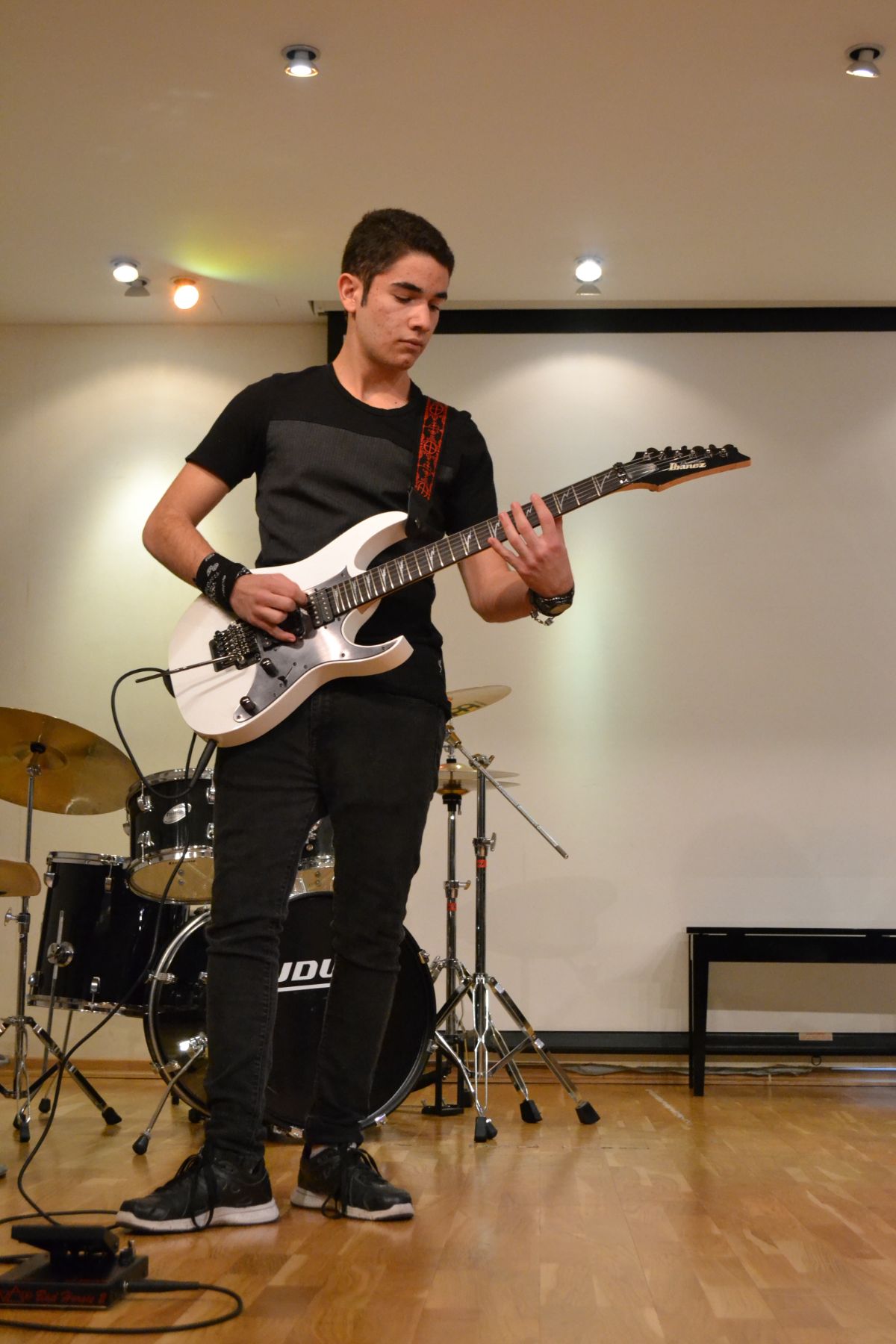The acoustic guitar is a popular stringed instrument used in a wide variety of musical genres, including folk music, country music, blues, rock, and pop. Unlike the electric guitar, the acoustic guitar does not need electrical amplification to produce sound. Instead, she uses her body speaker to physically amplify the sound produced by the strings.
The strings of the acoustic guitar are usually metallic, which gives it a bright and clear sound, suitable for a wide variety of musical styles. The body cap, usually made of FIR or cedar, plays an important role in the production of sound and reverberation. It is ideal for songwriters and composers due to its ability to produce both harmony and rhythm, making it an ideal tool for songwriting.
The acoustic guitar has emerged through the performances of many famous guitarists such as Eric Clapton, Jimmy Page, Don MacLean, James Taylor, and Joni Mitchell. These artists have harnessed the potential of the instrument to create unique and timeless compositions.
Learning the acoustic guitar is accessible and widespread, with many courses available in both music schools and conservatories. Beginners often start with simple accordions and basic techniques, while advanced students develop into more complex techniques and styles.
The acoustic guitar is an instrument of great cultural and musical value. Its natural sound, flexibility in execution and adaptability to various musical genres make it a favorite choice for musicians of every level. Whether it’s solo performances or accompaniment, the acoustic guitar remains one of the most expressive and accessible instruments on the world music scene.






